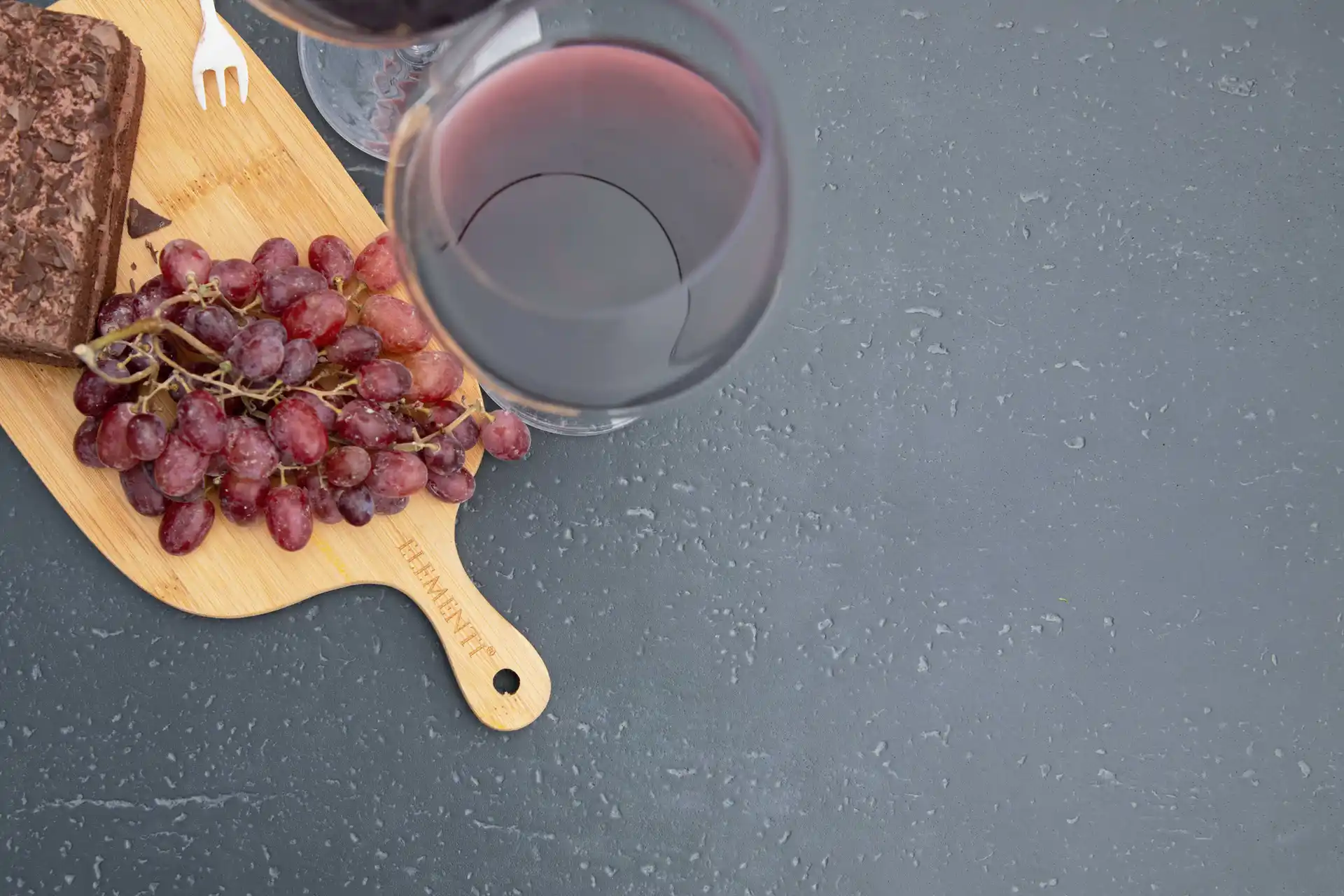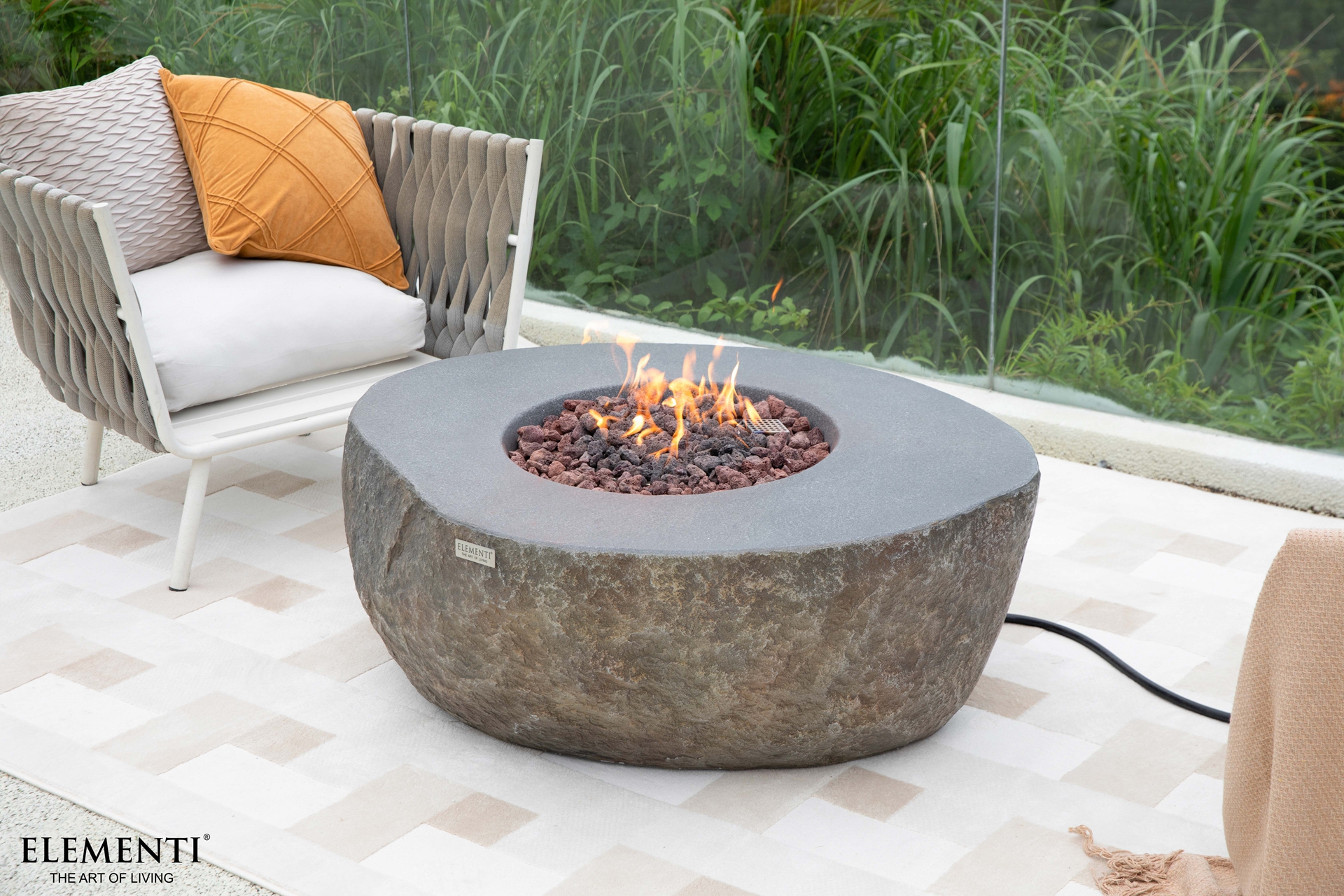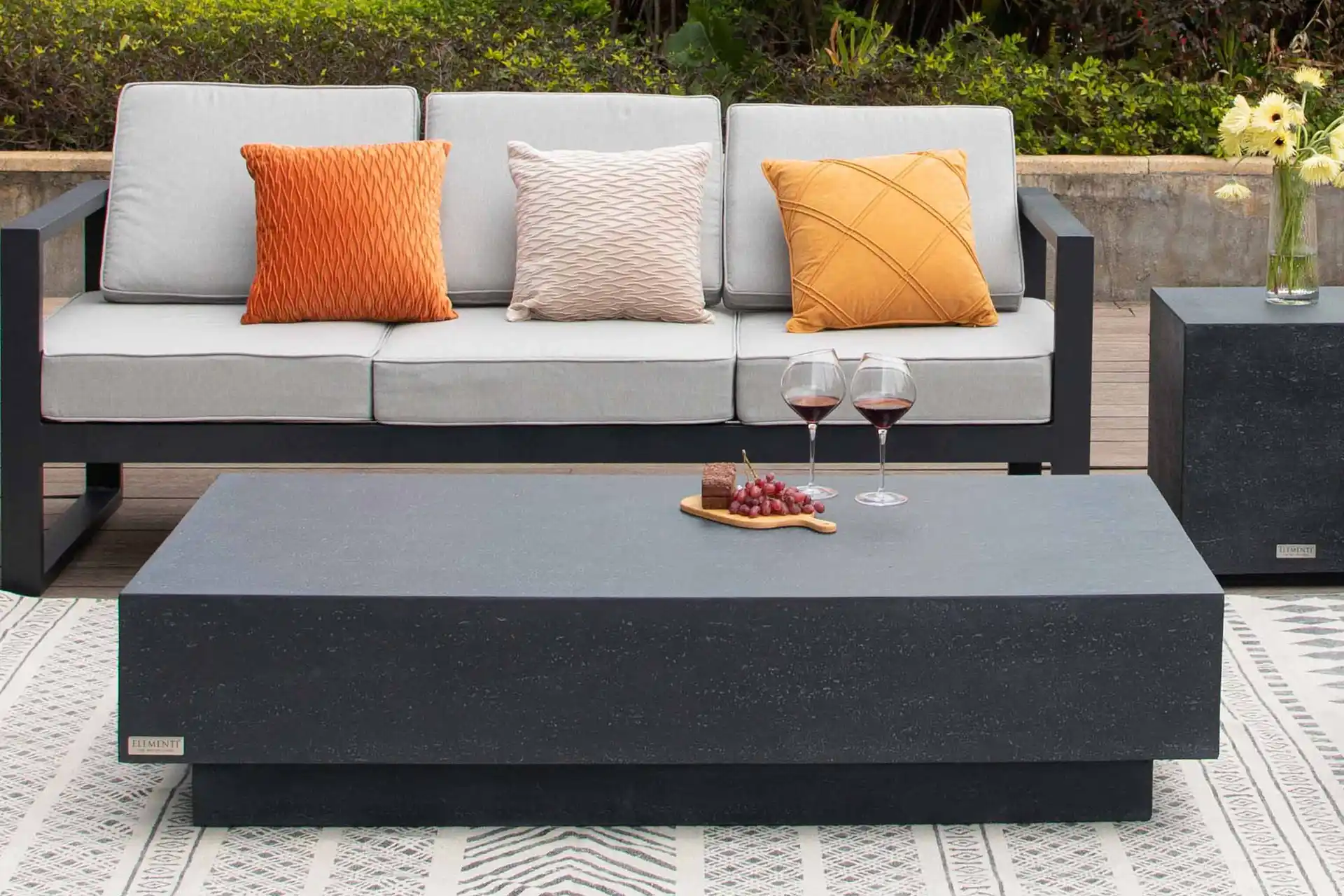In the age of conscious consumption and sustainable design, the choice of materials is becoming increasingly important. GF-Beton furniture – made from glass fiber-reinforced Beton – embodies the perfect combination of design, functionality and environmental awareness. This innovative material stands for a new generation of modern concrete furniture that impresses with its aesthetics, energy efficiency, durability and resource-saving production.
1 Why GF Beton?
GF concrete consists of alkali-resistant glass fiber fabric, cement and mineral fillers. In contrast to wooden or metal furniture, it does not require any rare woods and causes significantly lower CO₂ emissions during production. The sustainable properties start with the composition of the materials:
- Use of fly ash and silica fume to replace over 20 % of the cement content
- Use of recycled stone (e.g. granulated blast furnace slag) as an aggregate
- Free from formaldehyde and VOCs – GREENGUARD Gold certified
- Recycling rate over 96% – significantly higher than for wooden or plastic furniture
GF-Beton thus combines the advantages of Beton with a new environmental standard. It is not only stable and dimensionally stable, but also part of a modern, sustainable material philosophy.
2 Energy-saving and low-CO₂ production
At Elementi, we understand sustainability as a holistic process – from the initial design to the finished product. Our production methods for furniture made of GF Beton are specifically geared towards energy saving, waste reduction and water reuse:
- Spraying process: Reduces material waste by over 20 % compared to conventional casting
- Curing at room temperature: no steam, no heating – around 85 % less energy consumption
- Water circulation system: over 85% of the process water is reused after a three-stage filtering process
- Water-based nanocoating: VOC emissions
These measures reduce CO₂ emissions per piece of furniture by 40-60% compared to traditional materials. Every product – whether fireplace or Beton coffee table – contributes to improving the ecological balance in the long term.
3 Longevity as a form of sustainability
Sustainability is not only evident in production, but also in use. A longer service life significantly reduces waste and resource consumption. GF Beton is weatherproof, dimensionally stable and virtually indestructible – properties that many traditional furniture lacks.
| Feature | GF-Beton furniture | Traditional materials | Result |
|---|---|---|---|
| Flexural strength | ≥ 34 MPa | Wood 8-15 MPa | Up to 3× longer service life |
| Density | 1.8 g/cm³ | Natural stone 2-2.8 g/cm³ | Around 50 % less transport energy |
| Thermal expansion | 8×10-⁶ /°C | Aluminum 23×10-⁶ /°C | Higher dimensional stability during temperature changes |
| Recycling rate | > 96 % | Wood ≈ 30 % | More efficient circular economy |
4 Comfortable, safe and easy to clean
In addition to the ecological advantages, GF Beton is also convincing in everyday life. Its properties make it ideal for terraces, gardens and interiors alike:
- No harmful substances, no odors, no solvents or adhesives
- Frost and UV-resistant – perfect for patio furniture and outdoor fireplaces
- Water-resistant and temperature-stable – no cracks, no fading
- Easy to clean thanks to water-based, protective surface coating
Thanks to its low thermal conductivity, the surface remains pleasantly cool in summer and not unpleasantly cold in winter. This creates a natural, long-lasting feel-good quality – both indoors and outdoors. GF Beton thus stands for comfort, safety and design awareness all in one.
5 Resource-conserving material cycle
An essential part of the sustainability concept is the closed material cycle: Every piece of GF Beton furniture can be fully returned to the production process after years of use.
- Intact elements are cleaned, processed and reused
- Damaged parts are shredded and reused as aggregate
- Residual materials can be processed into expanded clay – a lightweight, heat-insulating building material
This circular approach enables almost waste-free production and lays the foundation for a sustainable future of modern design.
6 Conclusion
GF-Beton stands for the next generation of modern furniture – a symbiosis of aesthetics, durability and environmental awareness. The use of innovative material technologies, energy-efficient production processes and an exceptionally long service life results in products that not only look good, but also make an active contribution to sustainability.
Elementi is committed to ensuring that aesthetic design and ecological responsibility go hand in hand – for furniture that will last for generations, reduce the impact on the environment and promote awareness of sustainable living.
Find out more about our collection of sustainable fireplaces and GF concrete furniture – and discover how modern design and sustainability come together.
If you would like to learn more about the technology behind GF concrete (GFRC – glass fiber reinforced concrete), its production, material benefits and application in modern furniture design, visit our article “What is GFRC concrete?” – a detailed introduction to the future of sustainable materials.












